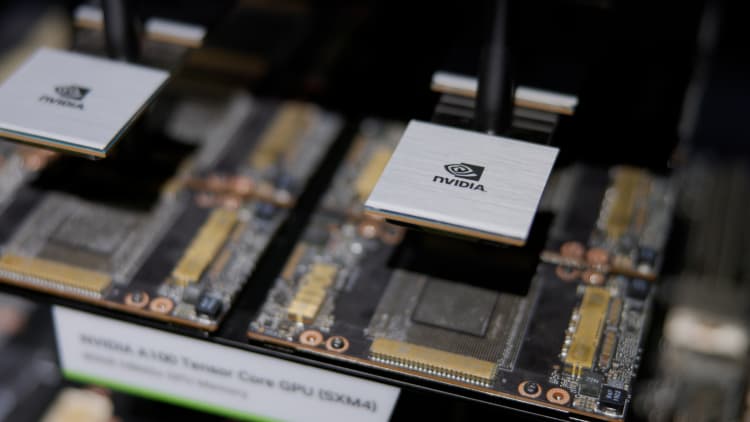In the field of artificial intelligence (AI), GPU computing is widely used and highly beneficial for several reasons:
- Parallel Processing Power: GPUs are designed with a massively parallel architecture, consisting of thousands of cores, compared to the relatively fewer cores in CPUs. This parallelism allows GPUs to perform simultaneous computations on a large scale, which is crucial for AI tasks that involve intensive matrix operations, neural network training, and inference.
- Deep Learning and Neural Networks: Deep learning, a subset of AI, relies heavily on neural networks that consist of interconnected layers of nodes. Training these networks involves iterative computations on large datasets, which can be accelerated using GPUs. GPUs excel at performing parallel matrix operations, such as convolutions and matrix multiplications, required for neural network training.
- Model Training Speed: Training AI models can be computationally intensive and time-consuming. GPUs can significantly speed up this process by distributing the workload across their numerous cores. This parallelism allows for faster iterations, enabling researchers and practitioners to train more complex models, explore larger datasets, and experiment with different architectures more efficiently.
- Real-time Inference: GPUs offer fast and efficient inference capabilities, allowing trained AI models to make predictions in real-time. This is particularly crucial for applications like computer vision, natural language processing, and speech recognition, where low-latency responses are required.
- Framework Support: Popular deep learning frameworks, such as TensorFlow and PyTorch, provide GPU acceleration support. These frameworks have optimized implementations that leverage GPUs, enabling seamless integration and efficient utilization of GPU resources during AI model development and deployment.
- Large Data Processing: AI often deals with vast amounts of data, such as images, videos, and text. GPUs can handle the parallel processing of this data, enabling faster data preprocessing, feature extraction, and data augmentation, which are essential steps in AI workflows.
- GPU Libraries: There are specialized GPU libraries and APIs, such as NVIDIA CUDA and cuDNN, that provide optimized functions for AI computations. These libraries take advantage of GPU hardware features and provide efficient implementations of algorithms commonly used in AI, further accelerating AI tasks.
While CPUs still play a role in AI applications, GPUs have become the go-to choice for AI practitioners due to their superior parallel processing capabilities. GPUs enable faster model training, real-time inference, and efficient processing of large datasets, making them invaluable for AI research, development, and deployment.
SHARE
